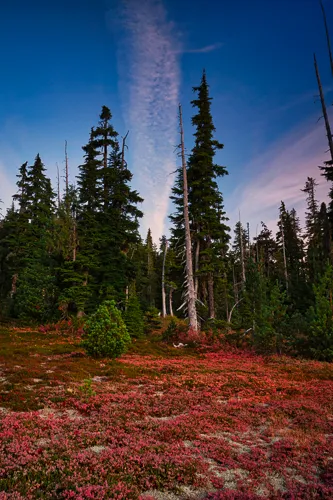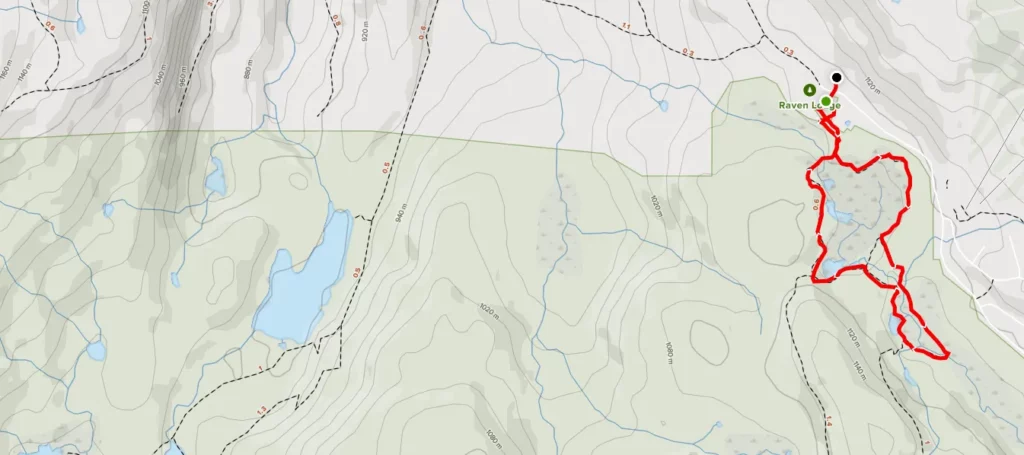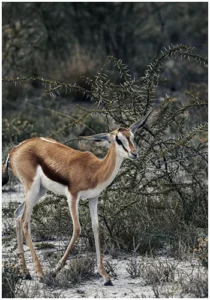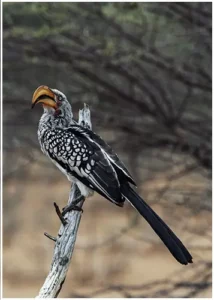
Mastering Adobe Photoshop: A Complete Beginner’s Tutorial for Photoshop Basics
Welcome to our guide to Photoshop tutorials for beginners: A Complete Beginner’s Tutorial for Learning


Paradise Meadows Trail, oh, the memories I have of you.
Being dragged out of bed in the wee hours on a Saturday. Why? Because my father wanted to hike Paradise Meadows. Being rudely awakened didn’t make me adore the meadows. It was always the morning after a night out with my high school friends.
All I remember is it was cold, a logging road and a trail in the mud. Oh-WOW I get to feed the whiskey jacks! Yes, we hiked the area before boardwalks, parking lots and trails. Way before Mount Washington was a ski hill.
Paradise Meadows Trail is on Vancouver Island, and can be accessed by driving south along the Strathcona Parkway for 17 km and then making a left turn onto Nordic Drive. Parking is next to Strathcona Park Wilderness Centre. The full loop of the Paradise Meadows Trail is 3.5 km long, and is fully accessible for people with disabilities.
The Paradise Meadows trailhead is by Mount Washington in Strathcona Provincial Park. The trail has beautiful green meadows, ponds, and lovely mountain views. It’s a great place for a day out with your camera.
The boardwalks are accessible from early June to late November. The area can be accessed via snowshoes or cross country skis during the winter and early spring. In early autumn, after the first frost, the meadows change to their beautiful fall-colour.
Directions
The Paradise Meadows Trail is a 2.8 km loop trail. The trail passes through a beautiful meadow and several small ponds, making it great for a day out with a camera or family and friends. Trail maps can be found at the wilderness centre.
On average, it takes 36 minutes to complete and is regarded as being simple. Hiking and strolling are popular activities. Therefore, the Paradise Meadows trail is very popular.
Dogs are permitted, but they must be leashed. As of the writing of this blog, if dogs are not leashed, they may be banned. Upon entering the boardwalk, you will find a warning sign:

There are many trails from Paradise Meadows Trailhead that vary in difficulty and distance.
Trails from Paradise Meadows Trailhead include:
I suggest checking out alltrails for a complete list.
During the morning or early evening is the best time to take a photo of Paradise Meadows Trail. The meadows are prettiest during these times. The entire trail system of the Paradise Meadows offers amazing hiking and photo opportunities.
Unfortunately, we cannot predict the weather. In BC, it’s one of those things. Wait 30 minutes, it’ll change. I will have to admit I don’t care about the weather, cloudy, sunny, rainy or snowing. There are a lot of photo opportunities within paradise meadows.
You will need a camera, a good DLSR or mirrorless. You will want a system where you can change lenses Bring a tripod, and I would suggest a remote shutter. A polarizer and filter system, I always bring and a lens hood.
I suggest photographing the trail in the early morning or late evening when the sun is low in the sky. The best camera settings to use are manual or aperture priority. I shoot at f/11 or higher with a lower ISO, usually 100.
White balance should be set to “daylight,” “shade,” or “cloudy” to capture the right tone. Shoot in RAW to capture detail and colour accuracy.
Force yourself out of bed to capture the morning’s golden hour. Warm light at this time of day brings out the colours and details of the meadows.
When composing your shots, remember to use the rule of thirds. This means dividing your frame into nine equal parts and placing your subject on one of the intersecting points. This will help to create a more balanced and pleasing composition.
This will help to focus the viewer’s attention on what is important in your image. Use contrast to draw attention to important details. For example, include a dark tree in front of a bright sky. And finally, frame within a frame. For example, by including a tree branch in the foreground of your shot that frames the subject in the distance.
My favourite subjects to photograph at Paradise Meadows Trail are the lakes and their reflections. Boardwalks surrounded by trees, meadows with the mountains in the background. The natural features make for great photographs.
There is no one perfect lens for landscape photography. You should experiment to find what fits your artistic vision. A wide-angle lens is ideal for capturing a wider field of view, showing the vast beauty of the land. While a telephoto lets you capture the details. Yes, this works for us hard core landscape and nature photographers as well
Landscape photographers should consider what lenses they need based on the type of photography they plan to do.
I cannot stress this enough. The greatest season, in my opinion, is late fall, right after the first frost. The meadows’ floor becomes a treasure trove of colour. My 2nd favourite is winter when the snow is draped like blankets on the trees and the ground. Get there early before they groom the trails.
A DSLR or Mirrorless camera is best for photographing the trail, allowing more detail to be captured in the image. While smartphones can take landscape photos, I don’t think you can express yourself as creatively. IE longer exposure like star-scapes, cloud-scapes etc..
Read below before you comment.
A tripod is essential for long exposure photography, as it prevents movements resulting in a blurred image. It’s essential for time-lapse, as it ensures the frames are aligned correctly. For landscape photography, using a tripod with a wide aperture ensures when using slower shutter speed, the photo remains in focus.
One benefit of using a telephoto lens when photographing landscapes is you get closer to individual features. This can help capture the details of the area. For example, the rocks of a waterfall. (Bet you saw that coming Lars)
A telephoto lens gives you a different perspective, such as background blur. Although this approach to landscape photography is unconventional, the results can be stunning.
Telephoto lenses offer a new perspective that can be refreshing and original..
A filter is a piece of glass or plastic placed in front of a lens to modify the light entering the camera. Filters can be used for a variety of purposes, such as reducing glare and reflections, enhancing colours, and reducing light coming into the lens.
By changing the way the camera sees the scene, filters help photographers create different effects in their shots. There are a variety of filters available, each with a specific purpose.
For more on filter check out or blog on Neutral Density Filters.
A lens hood’s primary function is to shade the front of your lens, preventing light from shining over it and creating undesired flares and a washed-out, low contrast appearance. A lens cowl blocks light from reaching the camera, producing a crisp image that is free of glare.
Paradise Meadows trail will always be “a must fall photography location”. Now that I’m older and wiser, I have fond memories of the area. Yes! I’m still getting up at 5: 30 to photograph this area. But now it’s on my terms.
In late fall, the trail has beautiful green/red meadows, lovely reflections in the ponds, and mountain views. What more could a landscape photographer ask for?
I hope to see you there next fall.
Paradise Meadows trail is a beautiful hiking destination located in the summer. The meadows are full of wildlife and the scenery is breathtaking. The trails are well-maintained and offer hikers a variety of options to choose from. Paradise Meadows is also a great place to camp during the summer months.
The best time to photograph Paradise Meadows is late fall. The meadows are full of wildflowers and have changed colour. The hike and views from the boardwalk are beautiful all year round.
There are several trails in Paradise Meadows, each with a different description. Mount Edward is a popular hiking trail with stunning views of the surrounding area. Lake Helen is a large, beautiful lake with plenty of wildlife to be seen. Battleship Lake is a small, but beautiful lake perfect for fishing. Cruickshank canyon trail takes hikers on an interesting and challenging hike through an impressive canyon system.

Welcome to our guide to Photoshop tutorials for beginners: A Complete Beginner’s Tutorial for Learning

Creating stunning images is all about nailing the perfect colour grade. It’s what makes your

Are you a visual storyteller looking to take your work to the next level? Have you